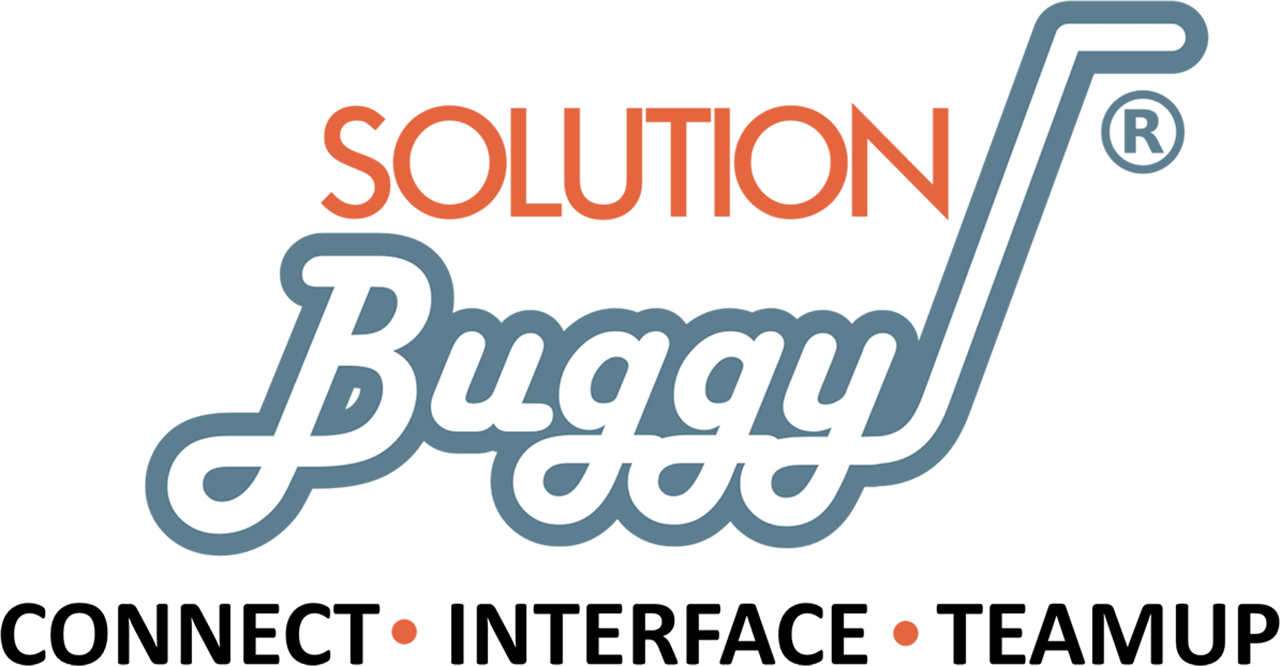How higher production costs impact manufacturing competitiveness

As per the latest survey by the Federation of Indian Chambers of Commerce and Industry (FICCI), in the last few months, the rising production costs have impacted manufacturing competitiveness.
The latest quarterly survey by the industry body FICCI’s suggested a slight decline in the manufacturing sector outlook in the fourth quarter of the last fiscal. This is because the percentage of respondents reporting higher production and exports in the fourth quarter has declined as compared to the previous quarter. As per the reports, the percentage of respondents who report lower production has reduced by half over the previous quarter which indicates a more stable outlook in months to come.
 |
| Source: Smallbiztrends.com |
Production cost is the cost incurred by a business when manufacturing a good or providing a service. Production costs include various expenses like labor, raw materials, consumable manufacturing supplies, and general overhead. Besides, production costs also include any tax imposed by the government or royalties owed by natural resource extracting companies.
Cost of production is thus the production costs which include expenditures relating to the manufacturing or creation of goods or services. Production cost is the cost that is directly related to the generation of revenue for the company. The manufacture experience the product costs related to both the materials required to create an item as well as the labor needs to create it. Production cost in the service industry in regard to the labor requires to provide the service as well the material costs.
There are direct costs and indirect costs in production. Take for example direct costs for manufacturing an automobile are materials such as the plastic and metal materials used as well as the labor required to produce the finished product. Indirect costs include overhead such as rent, administrative salaries, or utility expenses.
Production is the process that occurs through time and space since it is a flow concept. Production is measured as a rate of output per period of time. The production process is the quantity of the good or service produced in the form of the good or service created or the temporal and spatial distribution of the good or service produced.
The production process is an activity that increases the similarity between the pattern of demand for goods and services. It is also the quantity, form, shape, length, size, and distribution of the goods and services available to the marketplace.
Production is a process combining various material inputs and immaterial inputs to make something for consumption and is the act of creating output, a good or service that has value and attributes to the utility of individuals.
The expectation of manufacturers for the January-march quarter for twelve major sectors namely auto, capital goods, cement and ceramics, chemicals, electronics and electrical, food products, leather and footwear, machine tools, metal and metal products, paper products, textiles, and technical textiles and textiles machinery is evaluated in the survey.
The investors can better understand the money issue involved with new products that determine whether or not the investor will make money on each product sold. The goal enables investors in evaluating the perceived value of the product to the end-user, understand how much they will receive from the sale of each product based on the chosen distribution channel, and then understand if money can be made when compared with the amount to the manufacturing costs. People in the manufacturing industry believe that the product has a chance to make money if the manufacturing cost is less than 25 percent of the end-user price.
The supply of various natural resources has become scarce and expensive. It is subject to price volatility, increasing manufacturer’s costs and risks. Opportunities are also created by the changing landscape. In order to receive benefits from the companies must start on a journey to transform their operations and hence try to increase resource productivity. They will have to make significant efforts to optimize resources in the future as in the past they had done to lean and other improvement initiatives. Also, they should rethink the business models to capture the value residing in resource ownership at the same time. If everything goes on nicely the effort will enable them to increase the stability of supply and manage their costs while developing new products and business thus generating sustainable bottom-line value.
Register at SolutionBuggy to find 3D printing consultants/experts in quick time and get your projects done.
SolutionBuggy is an exclusive and dedicated platform for the Manufacturing Sector in India. It seamlessly bridges the gap between the industrial sector and professionals for on-demand consultation and services including projects. It connects SMEs and Large Scaled Industries with Industrial Consultants/ Experts and Industrial Product Suppliers over the internet for collaboration and success.
It is an integrated platform wherein industries can share their issues/ problems and post requirements; consultants/ experts can showcase their capabilities and offer services and solutions and suppliers can list their products to match the industry requirements.
Follow us at
278,758 total views, 251 views today
Talk to Our Expert
Solutions For
Reach Us
Bangalore (Head Office)
#249, 2nd floor, 14th Main Rd, Sector 7, H.S.R Layout, Bangalore - 560102.
Across India : Delhi | Pune | Mumbai | Chennai | Ahmedabad | Hyderabad | Kolkata, and 30+ major cities across India
Copyright © 2024 SolBuggy. All Rights Reserved
Consult NowCall UsWhatsApp(24/7)

